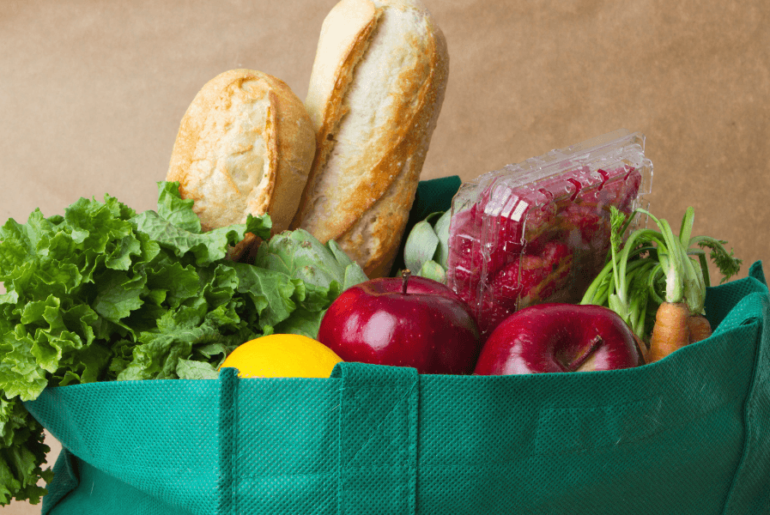Individuals and families in the U.S. who receive food stamps just received the largest increase in benefits in history. On August 16, the Biden Administration approved this update to the Supplemental Nutrition Assistance Program (SNAP) as an investment in the country’s health, economy, and security. Families who receive this government food assistance will now have further access to a healthy diet starting October 1. Here’s what to know:
This article will answer the following questions about SNAP:
What does this increase of approximately 25% mean? Does it only apply to the individual applicant?
Is it the same for each state?
Is SNAP different from P-EBT?
How do I apply for SNAP? Is there an income limit?
Is receiving snap benefits considered a public charge? Will it affect my immigration application?
What will happen to the $95 increase in SNAP due to the pandemic?
What does this increase of approximately 25% mean? Does it only apply to the individual applicant?
Based on changes in nutritional guidelines, food prices, and other factors, the Thrifty Food Plan calculations were reevaluated. Now, the average SNAP benefit will be $36.24 more per person, per month, or $464.88 per year. As always, benefits vary by state and household size, but essentially the government realized that the amount of assistance needed to be increased to cover grocery expenses in 2021.
Is it the same for each state?
No. The 25% increased amount varies from state to state. Click here to see the estimated amounts recipients will receive in each state. Some states will be seeing significant increases, while others may only see slight increases.
For example, California will see an estimated increase of $2,039 more per year per household and Texas will see $1,502 more per year. However, Wyoming will only receive $13 more per year and North Dakota will receive $23 more per year.
Amounts vary per state because they are based on long-term economic trends in that particular state.
Is SNAP different from P-EBT?
SNAP is a permanent federal program and P-EBT is a temporary government response program to the COVID-19 pandemic. They are sometimes used interchangeably and P-EBT benefits are often, but not always, loaded onto the same card, depending on your state. The same food purchasing rules apply to both and they are treated the same by grocery stores and places that accept them to purchase food.
How do I apply for SNAP? Is there an income limit?
Yes, there is an income limit that varies from state to state along with other requirements. For a full breakdown of SNAP eligibility, click here.
To apply, you can visit your local SNAP office, call 1-800-221-5689, or visit the SNAP State Directory of Resources where you can find the information about your state .
Is receiving snap benefits considered a public charge? Will it affect an immigration case?
Receiving SNAP benefits is not part of the public charge test and does not affect immigration status. The 2019 public charge rule is no longer in effect and The U.S. Citizenship and Immigration Services stopped applying the Public Charge Final Rule to all pending applications and petitions on March 9, 2021.
For more information about non-citizens applying for food benefits, click here.
What will happen to the $95 increase in SNAP due to the pandemic?
This varies from state to state. Some states will continue to give the extra temporary $95 per month for a few more months, on top of this permanent increase. It is important to note that this $95 benefit is separate from the nationwide permanent benefit mentioned in this article. For the most accurate information, check with your state’s website.

